What does soil mean on a washer? Appliance experts explain this misunderstood setting
Understanding this setting will make your laundry easier, experts say


If you have ever done laundry and noticed a 'soil' setting on your washing machine and then promptly ignored it, you are not alone. This underused feature isn’t exactly self-explanatory – so what does soil mean on a washer?
Luckily, appliance experts are on hand to clue us in and explain how to use this setting to get the most out of every laundry cycle.
This option isn't just about dirt, they say, It can have a huge impact on how your machine handles your clothing – and can even affect which laundry tips you use, too.
What does soil mean on a washer?
Given that there are so many washing machine settings, it is understandable that there are a few we tend to avoid. However, the soil setting could be the most important underutilized feature the best washing machines have to offer.
Glenn Lewis, president at Mr. Appliance, a Neighborly company begins, ‘This setting refers to the feature that can adjust the wash cycle based on how soiled or dirty the clothes are. It also sets the preferred wash time, and rinse cycles for better cleaning results. And yes, using the correct setting does make a difference, he adds,
‘This provides better cleaning results and protects the clothes from wear and tear. It also helps with water and energy usage,’ helping you to save money on laundry.
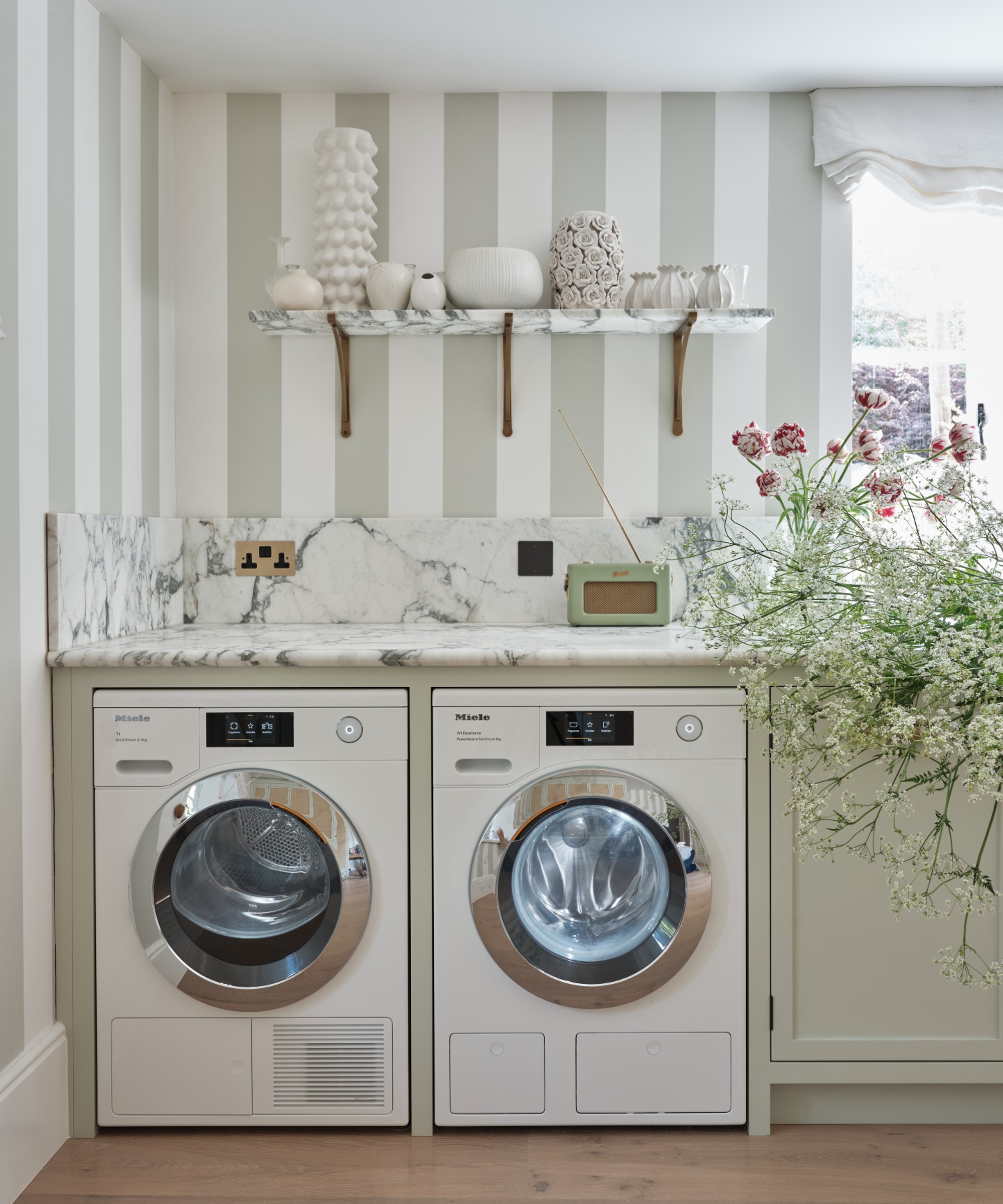
Light soil setting
When doing laundry normally, your washer is usually on the lowest soil setting begins Lee Gilbert, field service engineer at Ransom Spares.
‘The light soil setting is the lowest setting and normally the default setting. It is designed for lightly soiled or delicate laundry. Some examples would be sports clothing that has only been used once, everyday clothing that has been lightly worn, silk, and wool. Only lightly soiled items should be washed on this setting.
‘When using the light soil setting the cycle will tend to be shorter, normally 30-45 minutes. The water temperature will be lower, usually 85 degrees F (30 degrees C). The motor will agitate less and the spin cycle at the end will be slower, normally 800 rpm.’
Medium soil setting
Lee Gilbert continues, ‘The medium soil setting is designed for regular everyday laundry and clothes with light stains. Generally, cotton and synthetic clothes are worn for a day or two by non-manual workers. This setting will be longer in duration than the light soil setting, usually 60-90 minutes. The temperature of the water will normally be 100-120 degrees F (40-50 degrees C).
‘The motor agitation will be more pronounced and the spin cycle will usually be around 1000 rpm.’
Switching to this setting when dealing with dirtier-than-average clothes is a great laundry hack to save time as you don’t need to wash items again.
Heavy soil setting
Not using the heavy soil setting for very dirty clothes is one of the biggest laundry mistakes you are probably making, concludes Lee Gilbert, service engineer.
‘The heavy soil setting should only be used on laundry that is ‘heavily soiled’. This is designed for laundry that has tough and stubborn stains or has been worn for many days. This setting is the toughest on your clothing.
‘The wash temperature will be upwards of 140 degrees F (60 degrees C), so clothing that is prone to shrinking should not be washed in this setting. The motor agitation will be even more pronounced and the spin cycle tends to be the highest that the motor is set to run at 1200-1600 rpm.’
It is best to avoid using this setting too often, however, as it can wear down your clothes and your machine, shortening their lifespans.
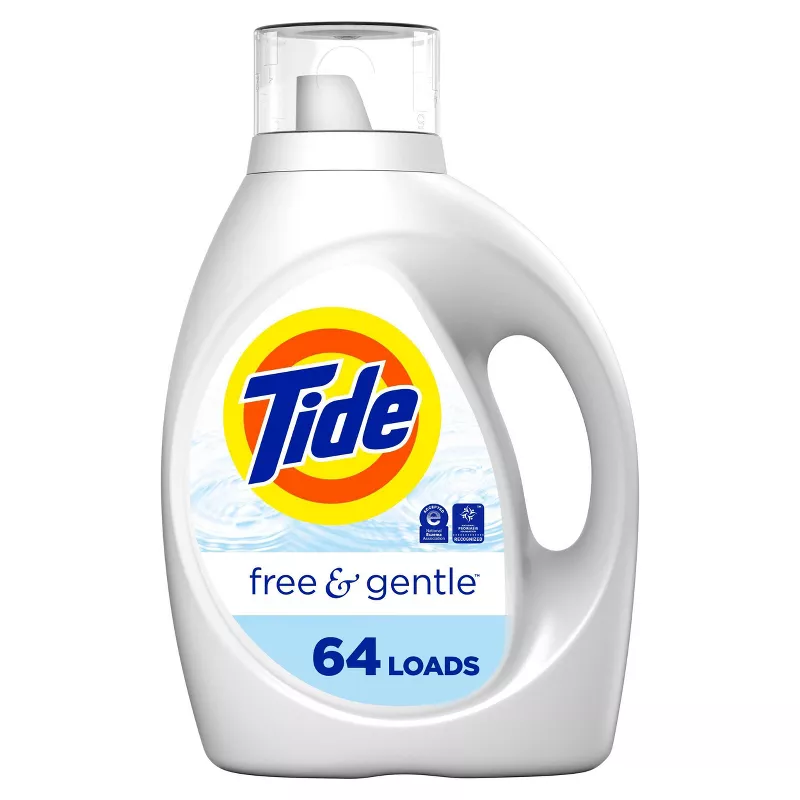 Great for delicates
Great for delicates
Perfect for those with sensitive skin, this hypoallergenic formula ensures your clothes are clean without irritation.
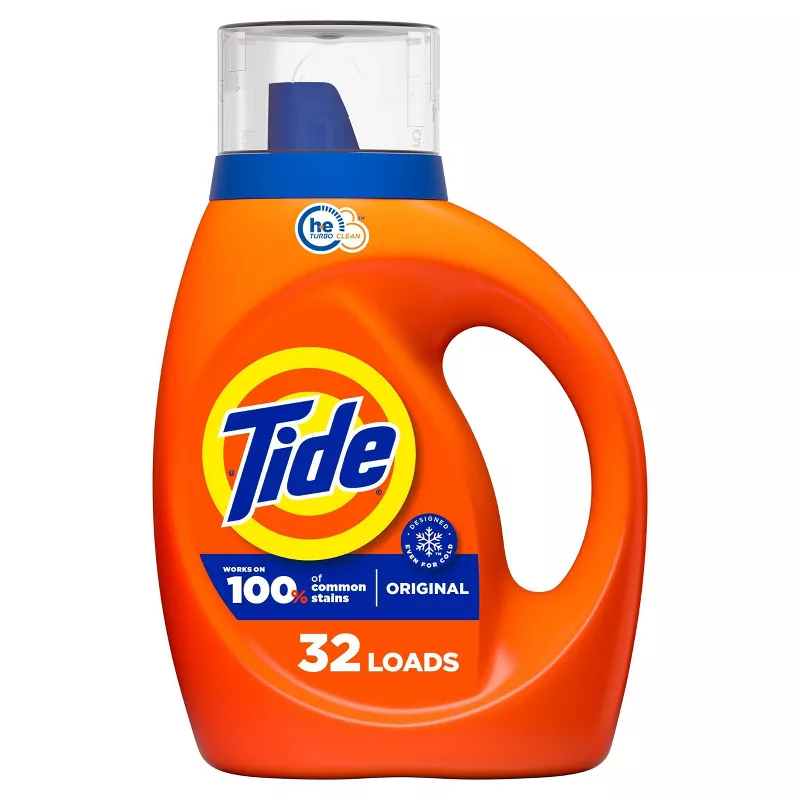 Ideal for everyday laundry
Ideal for everyday laundry
This Tide liquid laundry detergent has an improved formula engineered to attack tough body soils and tough stains.
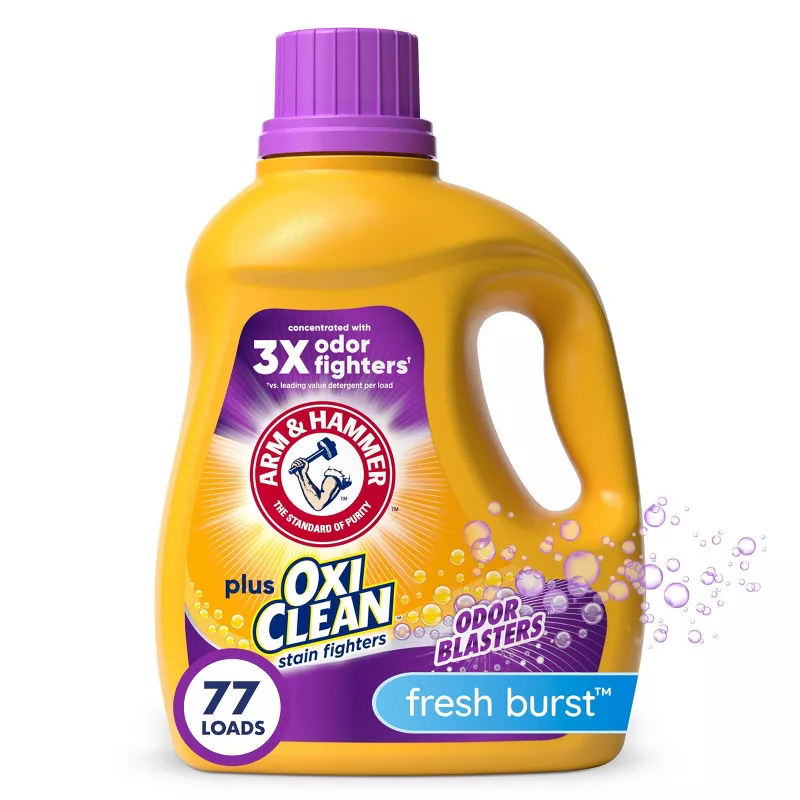 Tough on stains and odor
Tough on stains and odor
This concentrated laundry detergent boasts triple power: it fights tough odors, blasts away stains and boosts freshness.
Understanding laundry symbols and a washing machine's soil settings and using them efficiently is one of the many things people who are good at laundry always do to ensure the perfect cycle every time. It might feel daunting to get your head around at first, but it will become second nature with time.
Sign up to the Homes & Gardens newsletter
Design expertise in your inbox – from inspiring decorating ideas and beautiful celebrity homes to practical gardening advice and shopping round-ups.

Chiana has been at Homes & Gardens for two years and is our resident 'queen' of non-toxic living. She spends most of her time producing content for the Solved section of the website, helping readers get the most out of their homes through clever decluttering, cleaning, and tidying tips. She was named one of Fixr's top home improvement journalists in 2024.
-
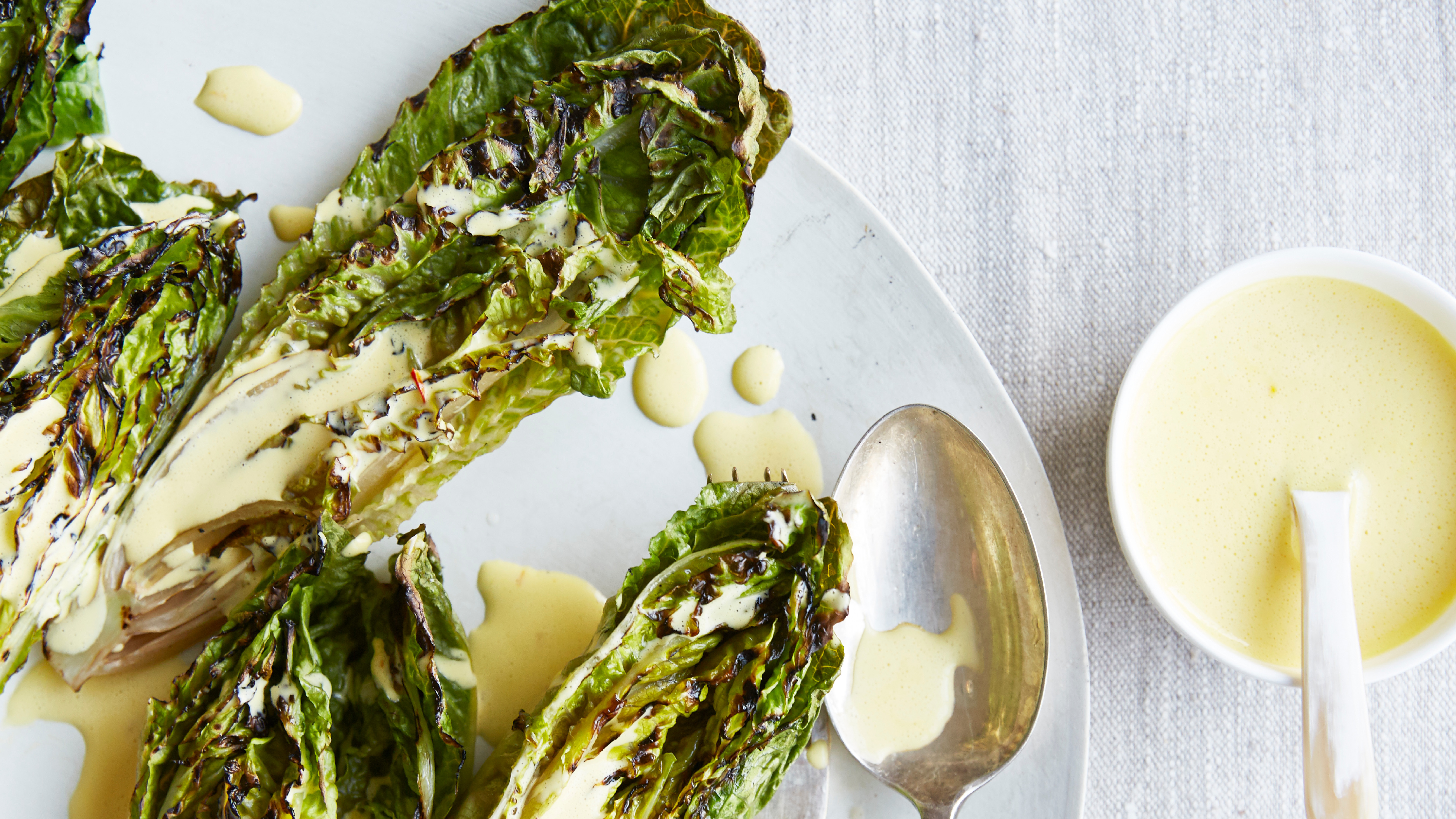 Charred little gem with saffron dressing
Charred little gem with saffron dressingThis recipe with charred little gem is both easy to make and sure to impress guests. It's the perfect side for fresh spring menus
By Alice Hart
-
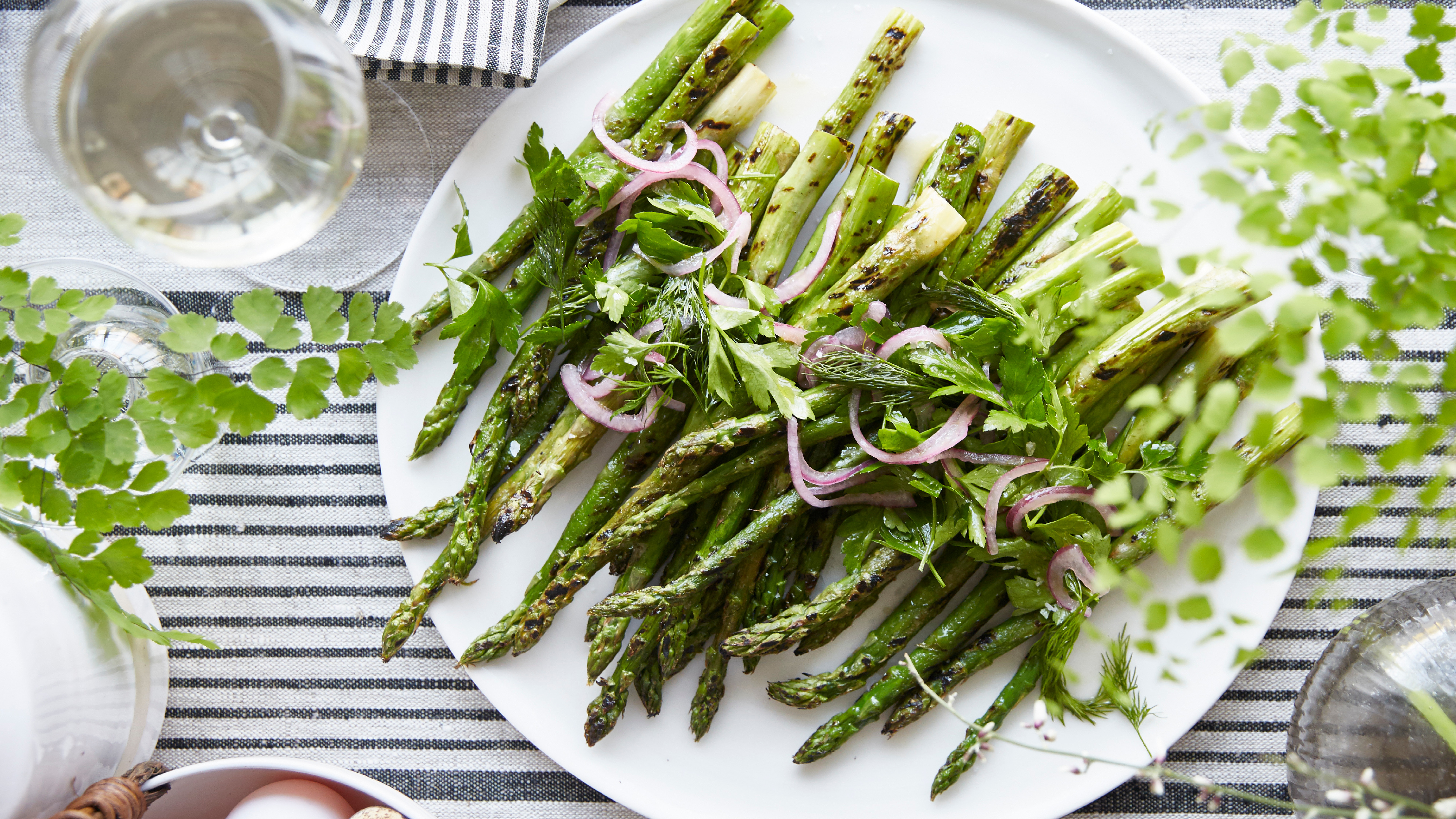 Grilled asparagus with herb and pickled red onion
Grilled asparagus with herb and pickled red onionThis grilled asparagus couldn't be easier, and it's a wonderful way to get the best flavor from our favorite spring veg. It's perfect alongside fish or lamb
By Alice Hart
-
 Dyson V15 Detect vs Dyson V12 Detect Slim – which is right for your home?
Dyson V15 Detect vs Dyson V12 Detect Slim – which is right for your home?I've spent more than 200 hours testing vacuum cleaners and these two cordless Dysons are my personal favorites
By Dan Fauzi
-
 I've spent over 200 hours testing vacuums and swear by my two Dysons – this is how I properly clean a Dyson vacuum filter for longer-lasting appliances
I've spent over 200 hours testing vacuums and swear by my two Dysons – this is how I properly clean a Dyson vacuum filter for longer-lasting appliancesYour Dyson vacuum will last much longer and clean at its best
By Dan Fauzi
-
 Do cleaning products expire? Professional cleaners warn time could make them ‘less effective, and in some cases, irritating to use’
Do cleaning products expire? Professional cleaners warn time could make them ‘less effective, and in some cases, irritating to use’For the best results, it pays to stay on top of the timeline of your cleaning products
By Chiana Dickson
-
 How to clean a patio – 6 different methods, and when you must use a chemical cleaning agent
How to clean a patio – 6 different methods, and when you must use a chemical cleaning agentFrom manual scrubbing, natural solutions or calling in the pros, industry experts reveal the benefits and considerations of each method
By Andy van Terheyden
-
 5 surprising but brilliant ways to clean with old socks – from perfectly buffing stainless steel to deterring pests naturally and more
5 surprising but brilliant ways to clean with old socks – from perfectly buffing stainless steel to deterring pests naturally and moreTackle dust in tricky corners, clean your mirrors and even banish bad odors with those rogue single socks
By Andy van Terheyden
-
 5 things people with clean upholstery always do – they're simple, quick and oh-so-effective
5 things people with clean upholstery always do – they're simple, quick and oh-so-effectiveEnsure your furnishing looks clean year-round with these expert tips
By Seraphina Di Mizzurati
-
 'Wick away the ick' – 6 things people with clean laundry rooms always do to make this hardworking space shine
'Wick away the ick' – 6 things people with clean laundry rooms always do to make this hardworking space shineThese tips on how to clean your laundry room will banish grime
By Seraphina Di Mizzurati
-
 How safe are carpet deodorizers? As a seasoned vacuum tester, I urge you to try alternative methods
How safe are carpet deodorizers? As a seasoned vacuum tester, I urge you to try alternative methodsNatural cleaning is always the answer
By Dan Fauzi